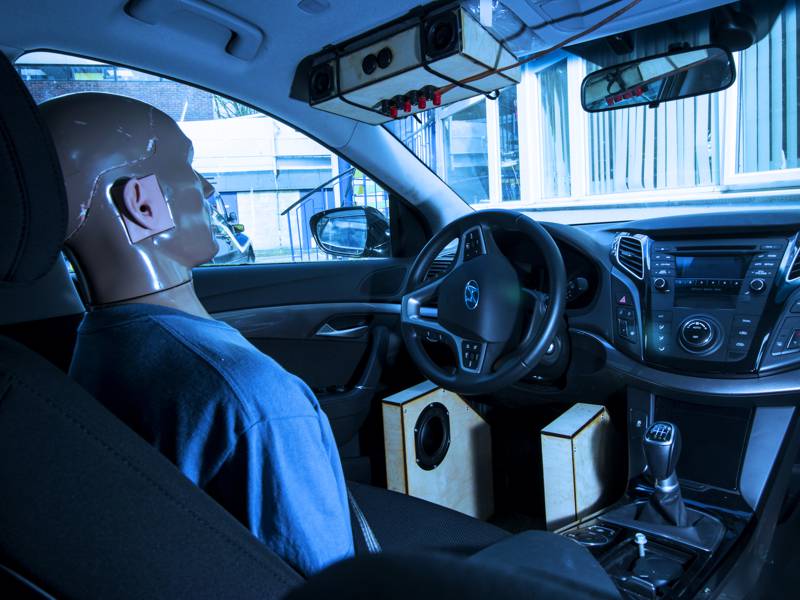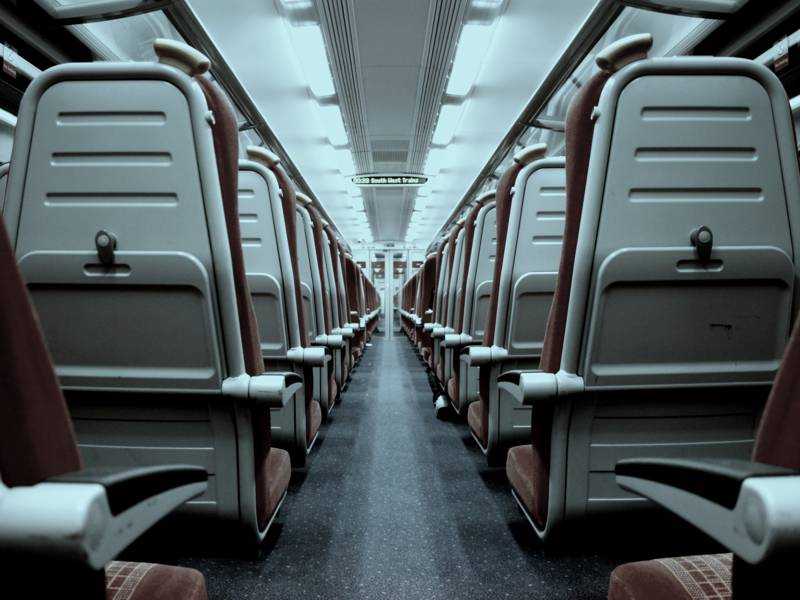Active noise control works by analysing noise and producing an inverse or antiphase noise to cancel it out to create quiet zones. The technology has been used in luxury cars for some time and is popular because it can cut vehicle weight by reducing the requirement for heavy sound-limiting materials. Active control has been extensively used for many years in noise-cancelling earmuffs, military headsets and flight helmets, where the low-frequency active noise reduction neatly complements the inherent passive noise reduction of these devices. It is now widely used in high-end domestic headphones.


Southampton is one of very few universities with research expertise in active noise control. Our project research team combines the expertise of the consultants from ISVR Consulting with the research of the ISVR. We are now collaborating with the high-speed train manufacturer, CRRC Sifang, on computational and field research into reducing noise for passengers on their latest ultra-high-speed trains.
Active noise control over a large space has previously been limited by the expense of microphones, microprocessors and other computing equipment, but the cost of these components is reducing, and the methods developed by Southampton are becoming more attractive. However, active noise control works best for low frequency noise – such as tonal noises at low speeds – rather than the high-frequency noises on a high-speed train, where just one carriage would require a multitude of microphones and computer equipment for the technology to be effective.

